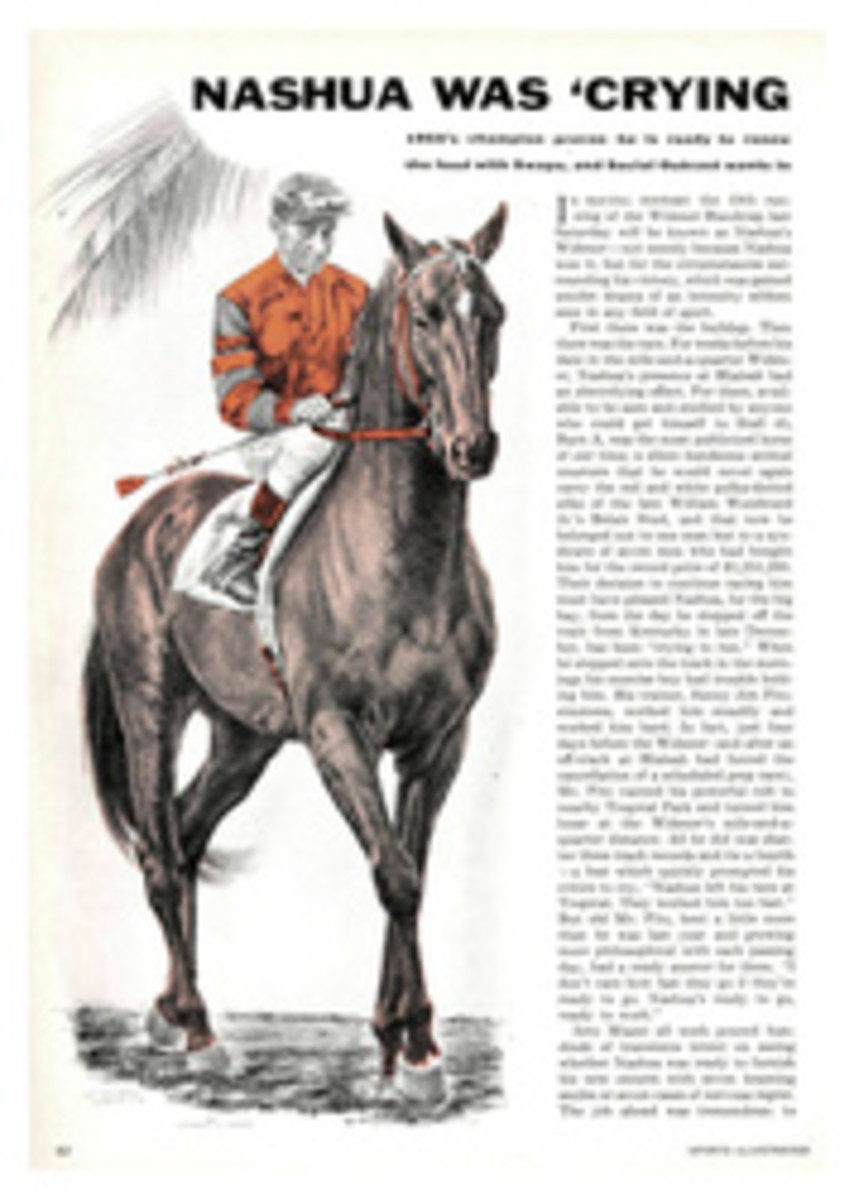
BACK FROM THE OLYMPICS, FRIEDL PFEIFER EXPLAINS HOW TO SET UP A SIMPLE SLALOM COURSE TO TRAIN YOURSELF TO SKI MORE PRECISELY
For a skier who is confident of his parallel turns, the next natural step is slalom practice. Slalom is run on an irregular downhill course between pairs of poles, each pair known as a gate. The simplest slalom to handle is a series of gates of the same type. The two basic types are the open gate, set with poles at the same level on the hill, and the closed gate, set with one pole markedly lower on the hill than the other.
To begin your practice, set half a dozen like gates on a 15°-20° hard-packed slope (soft snow makes precision turning difficult). The gates should be from 9 to 12 feet wide and set so that there is just room to make a smooth, rounded turn between gates. After practicing on a series of like gates, try mixing open and closed gates. An experienced slalom racer can show you how to set combinations like the flush, the elbow or the hairpin H. When you try combinations, however, set the gates 15 to 18 feet wide, narrowing them again as you gain confidence.
Use slalom poles made of light sapling which will not splinter when you tangle with them, as you undoubtedly will. If you are setting combinations, red, yellow and blue flags used on each gate in rotation will help you pick your course in advance.
Your technique in slalom does not have to be different from that of parallel skiing. You will find at first that you are pole-shy. This must be overcome. Generally the proper way to take a closed gate is to turn early and come through close to the upper pole. If you turn late you will be too low for the next gate. In taking open gates, it's usually best to shave the pole nearest the next gate.
You will find that slalom improves the control and preciseness of your skiing and teaches you to make smooth, tight turns.
PHOTO
FRIEDL PFEIFER

